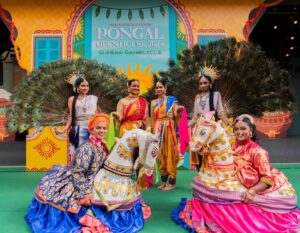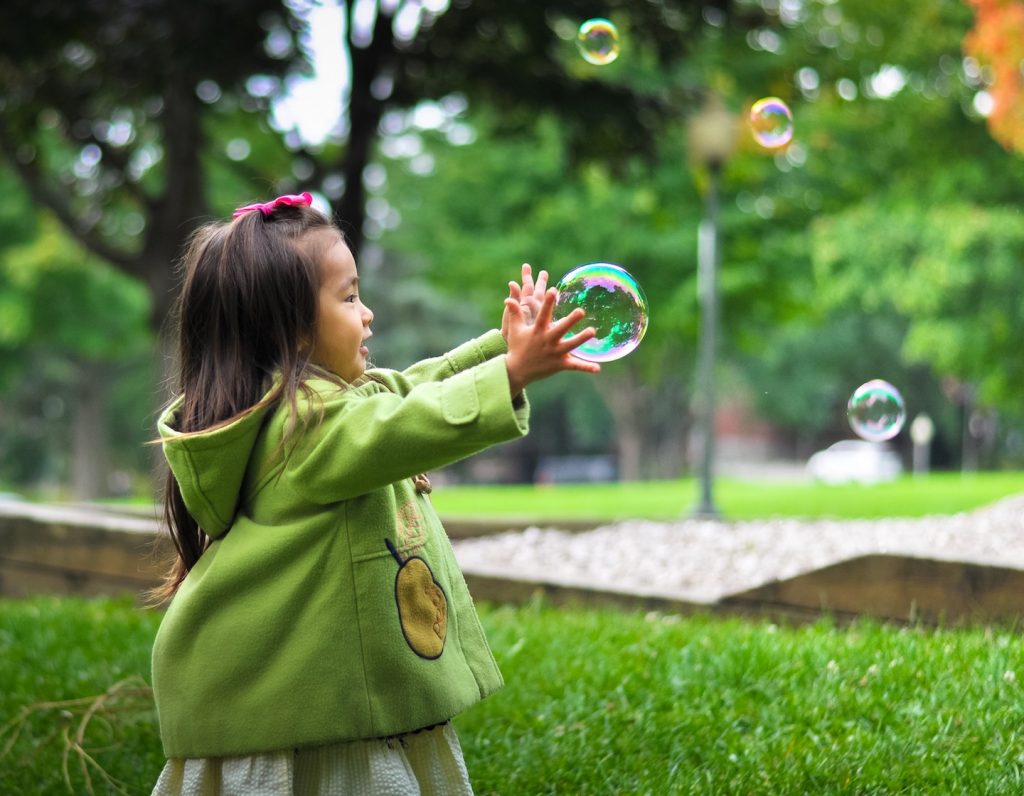
Reverse culture shock, the struggle to adjust to your own culture when you move back ‘home’, is especially hard for kids when you add in a new school, new friends and different cultural rules.
Crystal Nanavati and her family have recently repatriated to the United States, and just as they experienced culture shock in Singapore, they are now experiencing reverse culture shock in California. Crystal talks to us about how her eldest daughter is settling in, the differences in the schooling systems and the ultimate question – which school system she thinks works best.
I have two daughters, but I’ll focus more on my older daughter as she spent more years in Singapore public schools. In January 2017, Elanor entered Primary Three at Gan Eng Seng Primary School in Singapore. When we repatriated in February, we were only one month into the school year. The schools in our part of California start in August and end the first week of June, which meant the school year was almost over. Although Elanor only had only one month of Primary Three under her belt, she was moved laterally to grade three in California, effectively skipping half a year of school.
Friends
Elanor’s peer group in Singapore was very focused on doing well in school to the point where popularity seemed to be connected to one’s GPA. In California, she struggles to fit in with a peer group that doesn’t value education in the same way. Popularity here is a far more amorphous sort of creature. She has made many kind friends here, and her connection to them has helped in her assimilation process, but she misses her Singaporean friends. My husband and I went through considerable culture shock ourselves.
Read more: Repatriation: 4 Mamas Spill the Beans on Moving back ‘Home’
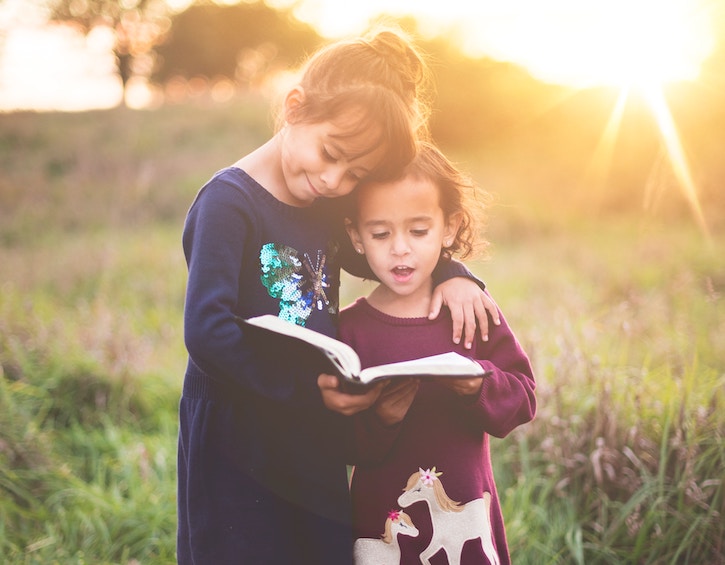
Fashion
Elanor was thrilled that she could wear her own clothes to school in California and has become fashion obsessed, but that freedom is sometimes overwhelming. She often opts to wear her Singaporean GESPS branded socks rather than request that we buy new ones. We still have some of her GESPS uniforms, which she keeps on a shelf, unwilling to part with them.
Academics
The biggest and most problematic change we have had to deal with in California is that the standards are very different. In Singapore, Elanor strove to meet the high expectations set by the MOE. In California, the expectations are much lower and her effort has correspondingly dropped. There have been no spelling tests, no math quizzes, no assessments of any kind. Although she skipped half a year of school, we often feel that Elanor isn’t being adequately challenged in California. After worrying about all the pressure of the exams in Singapore, it turns out that I miss the academic rigour.
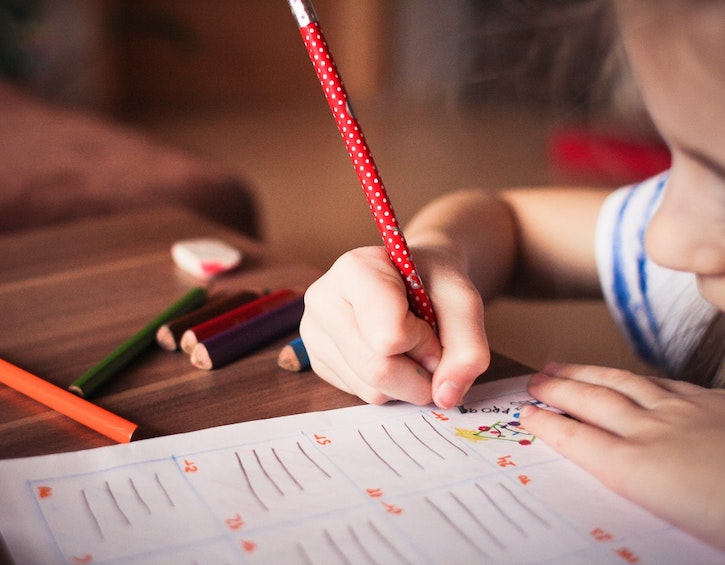
There is no second language instruction in most US elementary schools. This means we had to find a private tutor so the girls can continue to learn Chinese. Today, Elanor is receiving roughly three hours a week of direct instruction and some daily practice online. In Singapore, she experienced seven hours a week in school and three hours of private tuition plus tuition homework. Because of this, both girls’ progress will be much slower than if they were still in Singapore.
Finally, the methodology used in US classrooms is radically different than the Singapore model. Where Singapore often focuses on rote learning, US schools focus on the abstract. In Singapore, Elanor would be given four pictures in a sequence with a number of words and phrases, and had to write a one hundred word story. Here in California she has been given minimal scaffolding—write a story about two animals—and has floundered.
The big question
So, which do I think is better? Where would I rather have Elanor enrolled? Both systems have their strengths and weaknesses, but if I’m being honest I’ll say that I’d put Elanor back in a Singapore school in a heartbeat. While I do think there is often a focus on minutiae (a friend had a child in P6 who used lungs instead of air sacs on an exam and was marked wrong), the high expectations and learning style suited Elanor far better. While she is adjusting to her new life, I feel like she’s not being pushed to reach her fullest potential in the same way.
However, while Singapore public was a good fit for Elanor, my younger daughter has high functioning autism and sensory processing disorder. We knew that Singapore public wasn’t going to be a good fit for Rhiannon. We had begun to research private schools in Singapore when the US job offer came in. Although we always expected to move back to the US eventually, the timing was fortunate. Rhiannon entered US Kindergarten in August 2017.
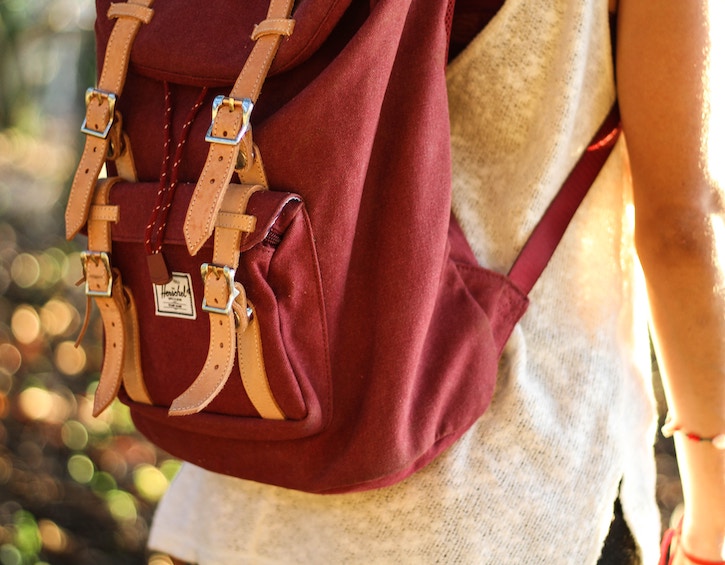
Rhiannon can attend public school in the US with a legally enforceable IEP (Individual Education Plan). IEP’s are given to special needs children, mandating what support they need to be included in the classroom. For Rhiannon, this includes a special chair to sit in during circle time and extra breaks among other things. If the school doesn’t comply with her IEP, there are legal consequences.
The differences between US and Singapore Public are negative for Elanor, but they’re positive for Rhiannon. Rhiannon will benefit from the slower pace, the lack of pressure, the smaller classes, and the support for her special needs. Her kindergarten teacher has already done an amazing job of including Rhiannon and accommodating her without making her feel different from her peers.
In short, parenting two children with very different needs is challenging, repatriating is hard, and we are all still adjusting.
Disclaimer—this is our family’s experience and is not predictive of what your repatriation school experience will be like.
Read more:
Repatriation: 4 Mamas Spill the Beans on Moving back “Home’
New Expat Package: How to Live Wisely

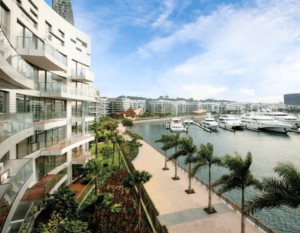




 View All
View All



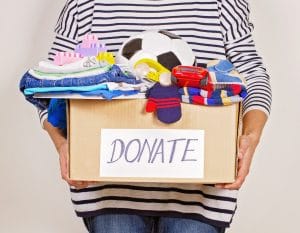

 View All
View All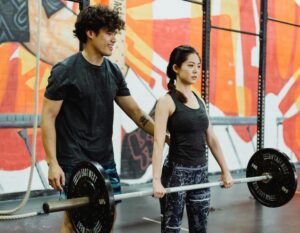

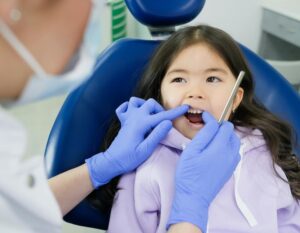




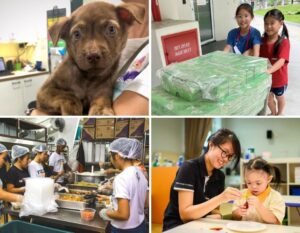

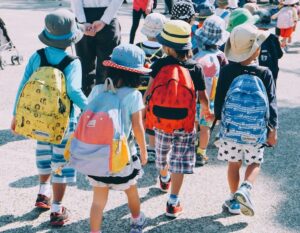


 View All
View All